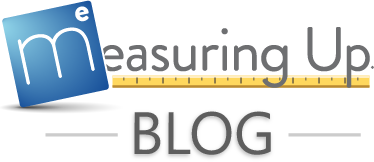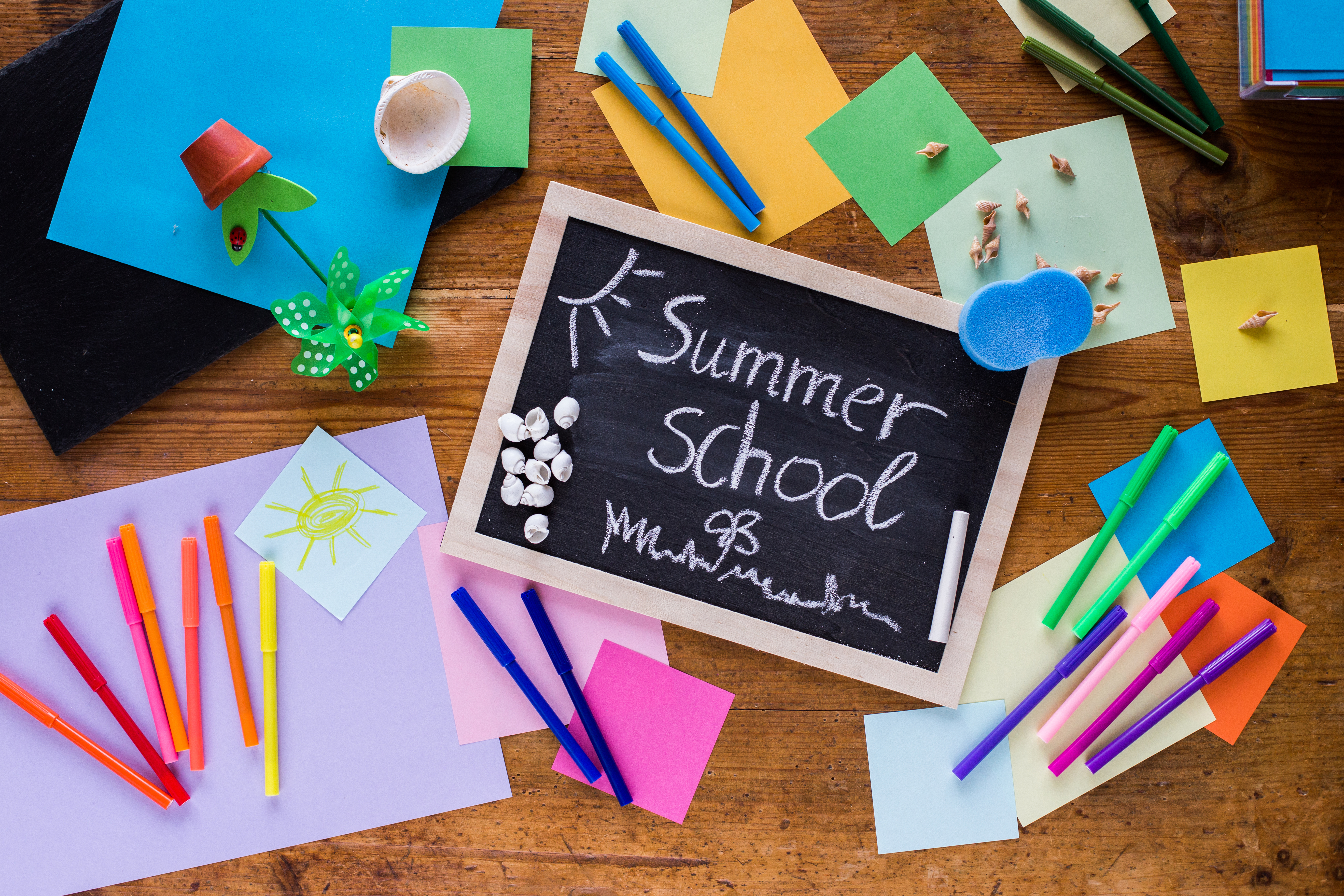Taking high-stakes assessments can be a stressful experience for students. But the right practice tools can help alleviate the pressure and even make the preparation process fun. The powerful Measuring Up Live 2.0 platform provides data-driven assessment coupled with adaptive, differentiated practice to target each student’s needs. And students will see question types and test formats that emulate what they will see on high-stakes assessments. This familiarity helps build confidence and improves performance.
In a recent study, scientists from Tufts University found that taking practice tests can actually protect memory against the negative effects of stress. Amy Smith, one of the authors of the study noted, “Learning by taking tests and being forced to retrieve information…has a strong effect on long-term memory retention, and appears to continue to have great benefits in high-stakes, stressful situations.” And an article in Thesis Magazine states that researchers have found that retesting will improve an individual’s score by 2/3rds of a standard deviation, on average.
Measuring Up Live 2.0 is an innovative online assessment and practice platform made up of two powerful programs that work in tandem: Insight and MyQuest. Insight diagnoses student skill level and standards knowledge. Based on the Insight assessment results, MyQuest automatically prescribes targeted, differentiated, and adaptive practice with standards-based learning paths targeted to each student’s individual needs. This allows for true differentiation and targeted instruction. Teachers also have the option to manually assign practice to students.
Insight offers grade level assessments delivered in specific testing formats, such as PARCC, SBAC, AIR, or STAAR. Teachers can use a library of pre-created assessments based on state standards and assessment blueprints or create their own from over 60,000 questions/item types. Multiple grade levels are available to meet the needs of struggling students or advanced learners. There are even features such as text-to-speech to support English language learners.
MyQuest’s adaptive instructional technology adjusts according to students’ individual understanding and responses, allowing teachers to pinpoint instructional needs. As students move through the content they receive immediate feedback, and content level difficulty will auto-adjust based on results. Students can even practice in fun game modes.
Measuring Up Live 2.0 offers true preparation for high-stakes state assessments. With robust reporting and real-time data at the heart of the program, educators can truly pinpoint instruction to student needs. And putting actionable data in the hands of district personnel, school administrators, teachers, and even students is powerful and leads to success.
To learn more about Measuring Up Live 2.0, check out this brief overview: https://www.youtube.com/watch?v=9BBtfqIZm8Y&t=13s
Or contact your local rep to try it out yourself. www.masteryeducation.com



